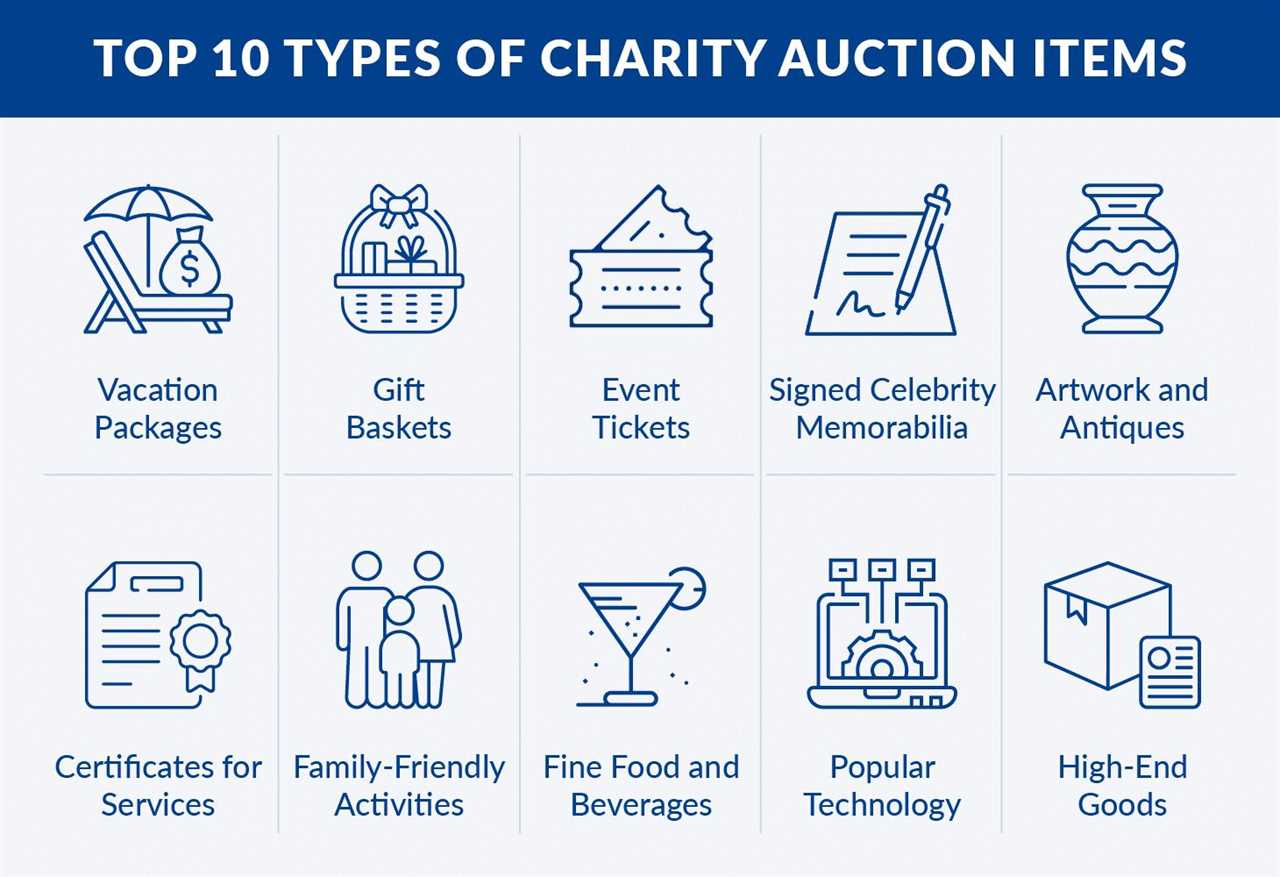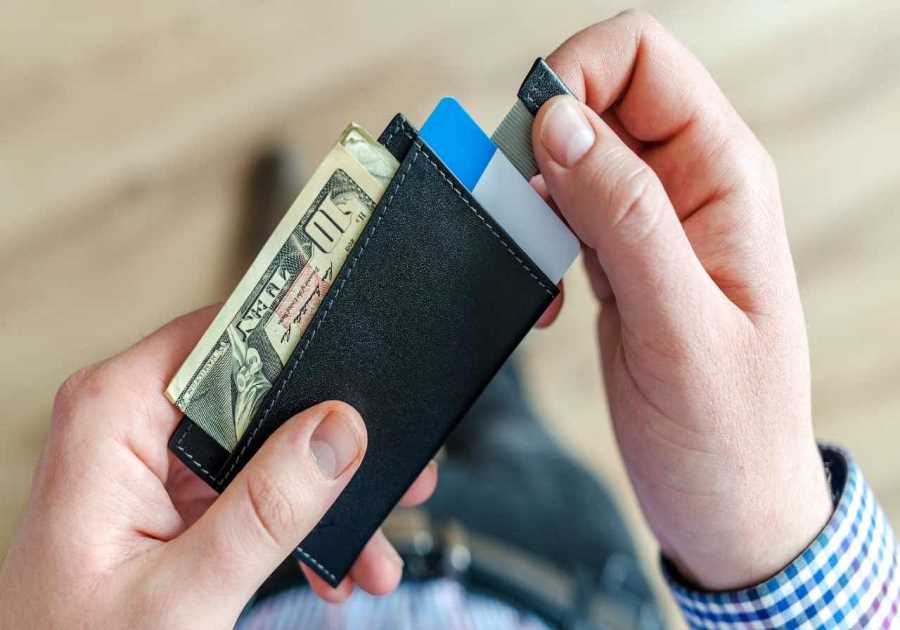Between procuring items, investing in fundraising software, and partnering with vendors, silent auctions are one of the most expensive fundraisers your nonprofit can run, but they also have one of the highest returns on investment (ROI). However, you can only earn that ROI if you’re able to generate pre-event hype.
While traditional marketing methods like direct mail can help you reach some supporters, chances are that the majority of your guests will discover your auction via online content. To help you reach the widest audience possible, this guide will explore five digital marketing strategies specifically for nonprofit silent auctions.
1. Preview top auction items.
Your auction’s prizes are the star of the show, and the more desirable your items are, the more participants you’ll draw. Some nonprofit auctions can even attract individuals who are solely interested in winning a prize and otherwise have no connection to your cause.
With this in mind, you can boost attendance at your silent auction by strategically showing off a few top prizes in your marketing materials. If you’re not sure what types of prizes will interest your audience, Winspire provides an overview of some top charity auction items and how to promote them:

- Vacation packages: While you can’t show a vacation like you can a physical item, photographs of the luxurious destinations the winners will travel to and lush descriptions of those places can go a long way toward sparking interest.
- Gift baskets: If you have many small items, make them more valuable by bundling them together into a gift basket. Make your baskets seem fuller in photographs by adding decorative elements like Easter grass, decorative cardboard, or pinwheels.
- Event tickets: Show off the potential fun of future events by using photos of similar past events. For example, if you’re selling concert tickets, feature photographs of the artist on stage at a previous event, or for a sports event, put together a video montage of moments from their past season.
- Signed celebrity memorabilia: If you have a signed poster, baseball, memoir, guitar, or other piece of merchandise, ensure the signature is clearly displayed and legible in your promotional photos.
- Artwork and antiques: For unique art pieces, take quality photos that show off their details. Then, in your promotional messages, provide key details about the pieces, such as their creators, date made, or certification of authenticity.
- Certificates for services: Similar to events and vacation packages, you’ll need to rely on photographs of the potential activities that winners will get to experience. Ask donors if they have promotional photos of their services (e.g., before-and-after shots of cars a mechanic has repaired or finished manicures from a nail salon) that they’d be willing to share with you for marketing purposes.
- Family-friendly activities: Like with other events, get photos of the activities in action. Only, for family-friendly auction prizes, ensure these photos have families in them, especially happy children! Before sharing any photographs, especially ones of children, ensure you have written permission.
- Fine food and beverages: Whether your prize is wine, chocolate, charcuterie items, or another fine food item, your marketing materials should include evocative descriptions of their taste and quality.
- Popular technology: For technology, list its nitty-gritty specs so guests who are tech-savvy will recognize your prizes’ quality, and participants who aren’t will still feel informed.
- High-end goods: For high-end goods that don’t fit into any of these categories, take quality photos with good lighting, highlight enticing details, and emphasize the amazing experience winners could have with the prize.
These promotions can be shared across a range of channels, from your website to social media platforms like Facebook and Instagram. After creating a promotion for an item, ensure you tailor it to each platform you post it on. For example, you might share multiple photos of each prize on Instagram, while on Facebook and in your marketing emails, you write a potential story about the experience winners will have.
2. Leverage geo-targeted marketing.
Paid ads will only generate their desired ROI if they reach the right audience. If you plan to take out ads on social media, search engines, or other websites, leverage any built-in tools they provide to ensure your marketing messages reach your target audience.
In particular, if your silent auction has an in-person component, prioritize geo-targeting. This tool determines who will see your ads, prioritizing showing them to individuals who live within a certain geographic area.
For example, you might run search ads on Google. Then, when someone in your local area searches for “charity auctions in [city]” or “auctions near me,” they’ll see ads for your nonprofit’s event. Conversely, someone on the opposite side of the country searching the same terms will instead see ads for events happening closer to them. This creates a better experience for searchers and ensures your ads are shown only to individuals who can actually attend your auction.
3. Work with sponsors.
Throughout your auction planning, you’ll work with a wide variety of sponsors to procure the items you need. These sponsors give not only because they want to make a positive impact but also out of a desire to promote their products and services.
This means that some of your sponsors might be willing to help with marketing. Ask partners to promote your auction to their customer bases, and make doing so as easy as possible for them by creating assets they can use, such as:
- Email and social media copy. Ask sponsors if they’d be willing to send an email, create an Instagram Story, or otherwise use their digital presence to promote your auction. If they agree, provide them with pre-written copy about your auction that explains your cause and event details.
- Photos, images, and videos. Create co-branded visual marketing assets that sponsors can share with their audiences. If the sponsor’s brand is featured in these materials, they might have some design feedback, but otherwise, they should be able to share them immediately.
- Website banners. Check if sponsors would be willing to create banners on their website promoting your auctions. Design banners that are bold in color so they attract visitors’ eyes, but don’t clash with the rest of the sponsor’s site. Choose a few succinct but attention-grabbing words that will interest visitors, such as “Support [X] in need and take home the prize of your dreams! Attend [X nonprofit] auction on [X date]!”
When approaching sponsors about marketing assistance, emphasize how doing so benefits them. Discuss how promoting their connection to your nonprofit solidifies the investment they already made in your cause by ensuring their audience will see their socially responsible actions.
4. Experiment with video.
When it comes to standing out online, visuals are critical. Experiment with multimedia marketing to draw attention to your social media posts and entice recipients to engage with your email.
In particular, short-form video is a standout way to promote your auction. Create vertically-oriented videos ranging from 30 seconds to two minutes that showcase top prizes, connect your auction to your cause, or show off how fun similar past events were.
These videos don’t require an entire film crew. A phone with a good camera, clear audio, and a little video editing experience is all you need to create engaging, memorable videos you can share with your audience to generate excitement.
5. Secure registrations with retargeted ads.
Some potential participants might visit your auction registration form or online bidding page, then exit the page before confirming their support. With retargeted ads, you can reel them back in.
Retargeted ads appear on various sites that users visit after not completing an action on a previous site. These ads remind users to go back, ensuring they confirm their purchase, registration, bid, or other action.
Fifty & Fifty’s guide to nonprofit digital marketing explains the two types of retargeted ads:
- Pixel-based retargeting involves using cookies to notify retargeting platforms to present users with ads based on their browsing history.
- List-based retargeting requires having the user’s contact information. Your nonprofit will manually submit this information to a retargeting platform, which will leverage its network to serve the user with retargeted ads.
Create special ads for your retargeting efforts that instill a sense of urgency. For example, you might emphasize that bids are racking up quickly or that ticket sales close in just a few days. This can bring back potential guests who just need a final nudge to participate in your event.
Silent auction fundraisers have the potential to bring in major revenue for your nonprofit. Ensure your auction attracts donors by reaching more potential attendees with a variety of digital marketing approaches. Experiment with targeting tools and multimedia, but don’t forget to create posts that make your auction items look as compelling as possible.
About the Author: David White – Director of Nonprofit Sales at Winspire
David White is the Director of Nonprofit Sales at Winspire, a consignment auction item provider dedicated to supporting the nonprofit community by providing the best service and unique vacation experiences for their events.
Read More
By: Guest Author
Title: 5 Digital Marketing Strategies for Nonprofit Silent Auctions
Sourced From: marketinginsidergroup.com/marketing-strategy/5-digital-marketing-strategies-for-nonprofit-silent-auctions/
Published Date: Mon, 06 Oct 2025 09:30:28 +0000
.png)





